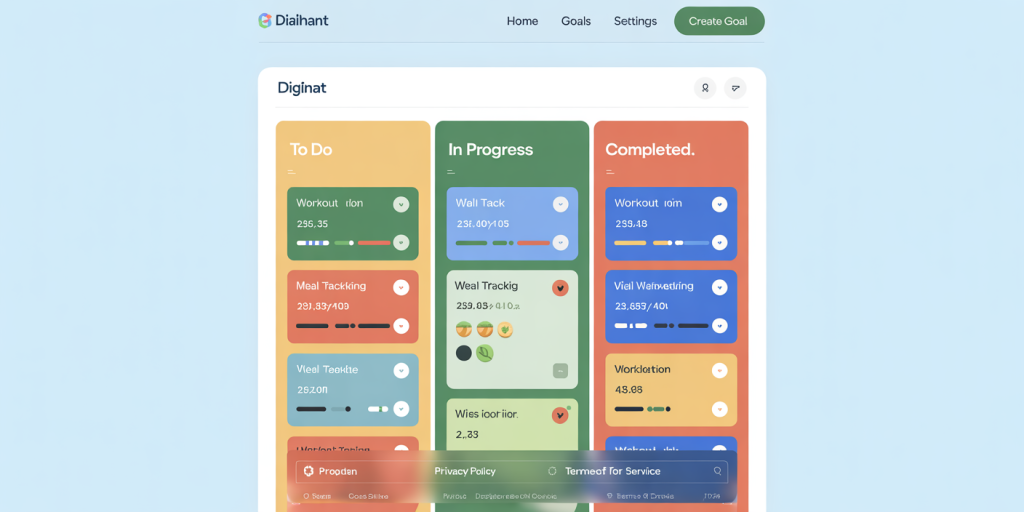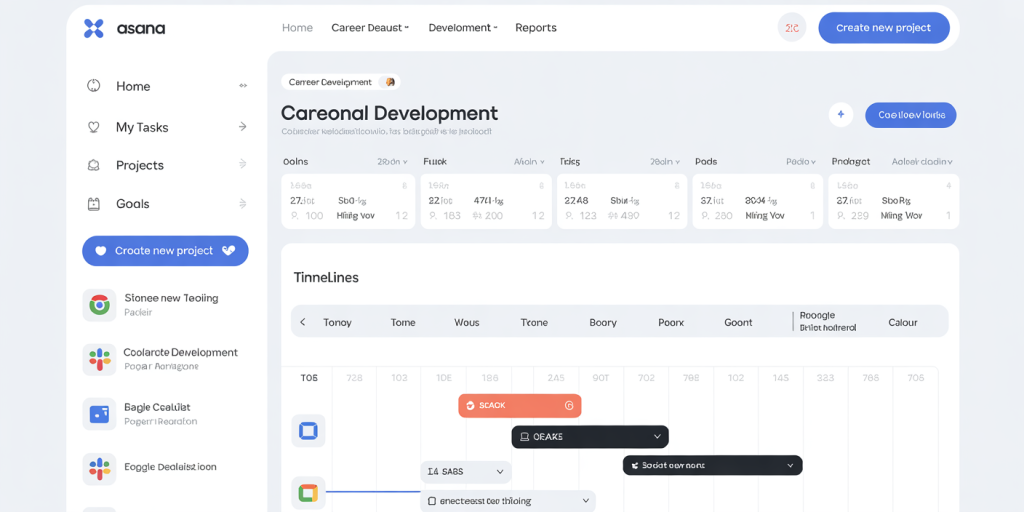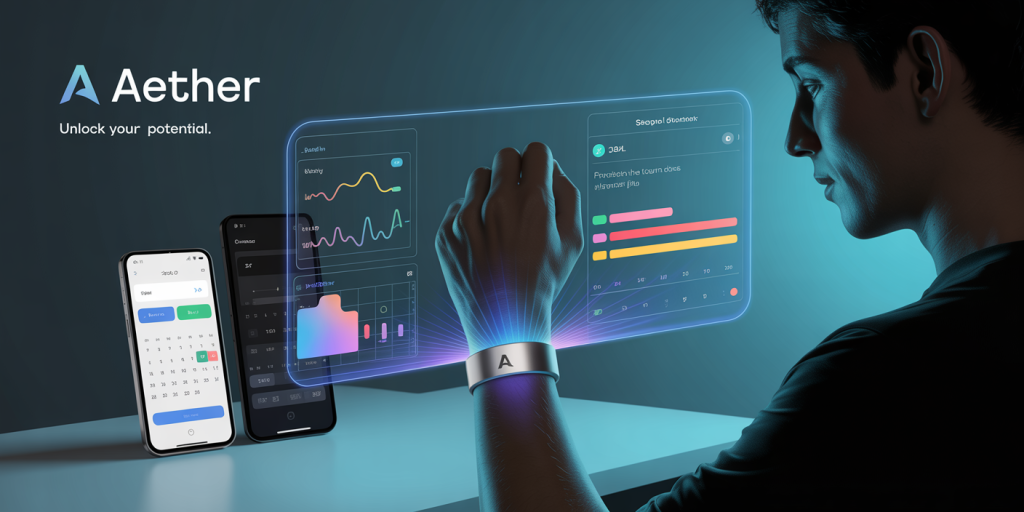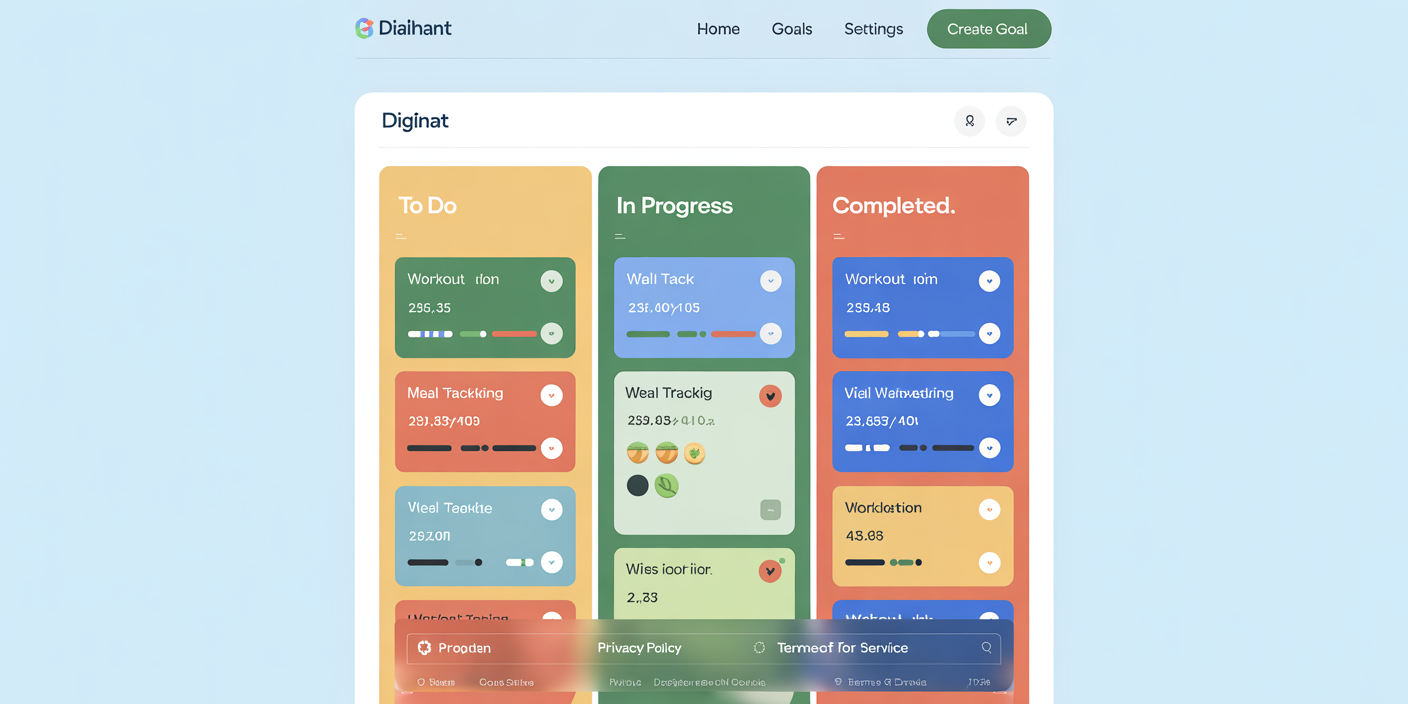In today’s fast-paced world, setting and tracking personal goals effectively has become crucial for maintaining productivity, motivation, and overall well-being. Digital tools like Trello and Asana, originally designed for professional project management, have gained popularity as personal goal tracking solutions. With their user-friendly interfaces and powerful organizational features, they help individuals turn aspirations into actionable plans and measurable outcomes. This article explores how to utilize Trello and Asana for personal goal tracking, offering practical examples, comparisons, and data-driven insights to maximize your productivity.
The Growing Importance of Personal Goal Tracking
Goal-setting is a widely recognized strategy to improve performance and achieve success. According to a 2015 study by Dominican University of California, individuals who write down their goals are 42% more likely to achieve them than those who don’t. Furthermore, digital goal tracking has shown to increase accountability and consistency. In 2023, a Statista survey revealed that 60% of people using productivity apps for personal goals reported enhanced motivation and focus.
Using apps like Trello and Asana capitalizes on these benefits by offering flexible, visual methods of tracking progress. Unlike traditional pen-and-paper methods, these tools facilitate real-time updates, collaboration if needed, and integration with calendars and reminders. Their impact ranges from managing fitness routines to organizing daily habits or financial objectives, making them versatile for various personal development areas.
Getting Started: Setting Up Trello for Personal Goals
Trello operates on a Kanban board system, where users create boards, lists, and cards. This setup aligns perfectly with the stages of goal tracking: defining objectives, outlining actionable steps, monitoring progress, and celebrating achievements. To begin with Trello, create a new board titled with your main personal goal—such as “2024 Fitness Goals” or “Personal Finance Plan.”
Within this board, add lists that represent phases or categories, for instance, “To Do,” “In Progress,” and “Completed.” Cards under these lists can represent specific tasks like “Join a gym,” “Track weekly calories,” or “Set budget for groceries.” Trello’s drag-and-drop feature enables easy movement of tasks across stages, providing a clear visual roadmap.

A practical example involves using Trello to monitor weight loss. A user might create lists: Goal Setting, Workouts, Meal Plans, and Progress Tracking. Each card could hold details like workout dates, meal recipes, or weight milestones. Trello also supports attachments, checklists, and due dates, making it easier to keep all related data centralized.
Personal Goal Management with Asana: Structured Planning and Tracking
Asana’s interface is more structured and hierarchical compared to Trello, introducing Projects, Tasks, and Subtasks. This remodeling suits users who prefer detailed and multi-layered goal planning. Begin by creating a Project for your personal goal area, such as “Career Development” or “Learning New Languages.”
Within Projects, create Tasks for core objectives—like “Complete Python Course” or “Apply for five jobs monthly.” Subtasks break down these large targets into manageable steps, such as “Finish Chapter 1,” “Complete exercises,” or “Prepare resume.” Asana’s timeline and calendar views allow users to assign deadlines and visualize progress over time, enhancing commitment to deadlines.
For instance, a user wanting to improve productivity might use Asana’s “My Daily Routine” project, adding tasks like Meditation, Reading 30 Minutes, or Journaling, each with subtasks and scheduled reminders. Asana’s integration with various apps (Google Calendar, Slack) enhances seamless tracking and reduces the chance of missing tasks.
Comparing Trello and Asana for Personal Goal Tracking
Choosing between Trello and Asana depends on personal preferences, the complexity of goals, and desired functionality. The following table highlights key differences and comparable advantages:
| Feature | Trello | Asana |
|---|---|---|
| User Interface | Visual Kanban boards | List, board, timeline views |
| Task Hierarchy | Flat (cards under lists) | Multi-level (tasks and subtasks) |
| Best For | Simple or visual workflows | Detailed, multi-step projects |
| Deadline Management | Due dates and calendar Power-Up | Built-in timeline and calendar |
| Collaboration Features | Comments, attachments, integrations | Comments, subtasks, automation |
| Mobile Experience | Intuitive and lightweight | Powerful on mobile and desktop |
| Integrations | Power-Ups for added features | Native integrations with apps |
| Free Tier Limitations | Up to 10 boards, limited Power-Ups | Unlimited projects, basic timelines |
Statistically, approximately 52% of Trello users appreciate its simplicity and ease of use for personal tasks, while about 48% of Asana users prefer its comprehensive features when project granularity is essential (source: 2023 Productivity Tools User Survey).

Practical Tips for Effective Personal Goal Tracking
Whether you select Trello or Asana, successful goal tracking depends on a consistent and strategic approach. Start by clearly defining SMART goals—Specific, Measurable, Achievable, Relevant, and Time-bound—to establish a solid foundation. When adding tasks, keep descriptions concise but actionable to avoid ambiguity.
Leverage recurring task features to automate habits like weekly reviews or monthly budgeting. Set reminders and deadlines to increase accountability. In Trello, Power-Ups such as Calendar or Card Aging visually remind you of due tasks. In Asana, timeline views reveal dependencies and schedule overlaps, allowing adjustments before tasks become overdue.
For example, a user aiming to write a book could break it down into chapters using Asana subtasks, scheduling drafts and edits over months. If using Trello, the same user might move cards between “Idea,” “Draft,” and “Edit” lists to track progress dynamically and visually.
Additionally, integrating these apps with mobile notifications guarantees that you remain updated on priorities, which a 2024 study by AppFollow suggests increases task completion rates by 35%. Regular reflections and updates on your digital board or project create momentum and foster motivation.
Real-Life Case Studies: Success Stories with Trello and Asana
Many users have documented their success using Trello or Asana for personal development. Take the example of Sarah, a freelance graphic designer who used Trello to manage her personal and professional goals simultaneously. By creating separate boards for fitness, learning, and client projects, she visually balanced priorities. Trello’s visual system helped Sarah reduce missed deadlines by 27% within six months and improved work-life harmony.
In contrast, John, a software engineer, opted for Asana to track his 2023 goal of learning Spanish. By setting a detailed project with daily lessons, vocabulary drills, and practice sessions, John was able to follow a disciplined approach. Asana’s timeline feature helped him maintain consistent progress, enabling him to reach an intermediate level by the end of the year, supported by self-assessment tools integrated into the application.
Such real-life examples demonstrate that when used effectively, both platforms can enhance productivity and personal satisfaction through tailored workflows.
Future Perspectives: The Evolution of Digital Goal Tracking
The future of personal goal tracking is poised to become even more intuitive, data-driven, and motivational. The rise of AI integration in productivity tools is expected to personalize recommendations, automate repetitive entries, and analyze goal progress through patterns and predictive analytics. For example, upcoming updates in platforms like Trello and Asana may offer smart suggestions to reschedule tasks based on workload or emotional state detected through biometric feedback.
Moreover, the growing emphasis on mental well-being suggests that future iterations will incorporate mood tracking, habit reinforcement techniques, and gamified rewards to keep users engaged. Cross-platform synchronization with wearable devices, calendars, and note-taking apps will further streamline real-time goal adjustments.

In parallel, digital privacy and data security will take center stage, providing users with confidence that their personal objectives and progress details remain confidential. According to a 2024 Gartner forecast, by 2026, productivity tools featuring AI-driven, privacy-first design will dominate with over 65% market penetration in goal management applications.
For individuals serious about personal growth, staying adaptive to these new features and technologies will provide enhanced support for turning goals into realities.

Deixe um comentário